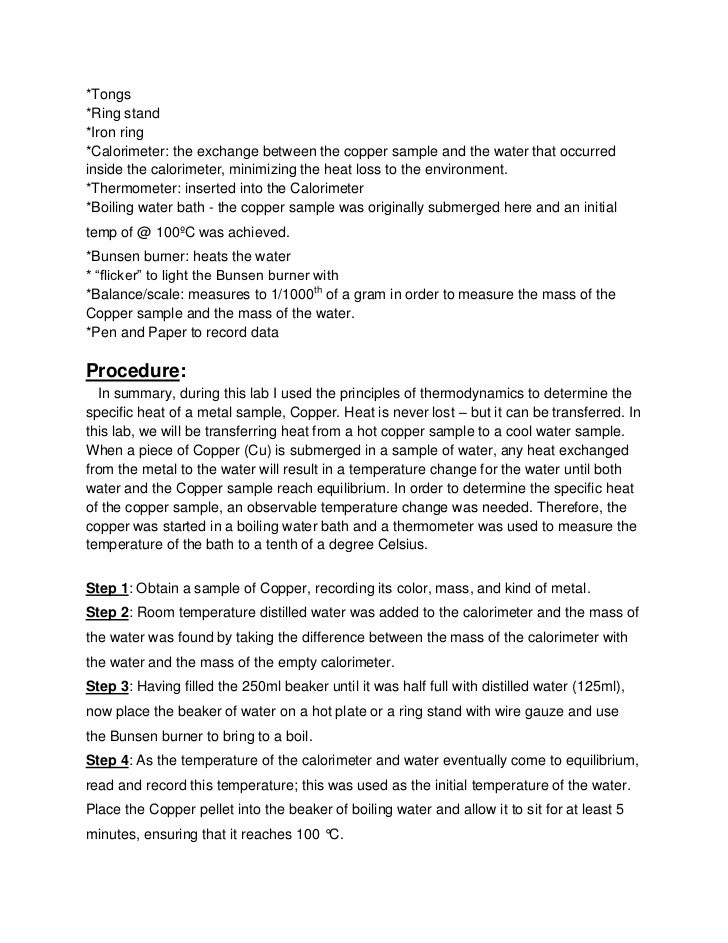

- LAB REPORT ASSISTANT DATA TABLE 3. DETERMINATION OF UNKNOWN PLUS
- LAB REPORT ASSISTANT DATA TABLE 3. DETERMINATION OF UNKNOWN FREE
There is a 'push' on the electrons from the Zn side of the cell to the Cu side. At the surface of the electrode, Cu 2+ ions pick up the electrons and are reduced to Cu atoms. The electrons flow through the external circuit into the Cu electrode. Zn atoms spontaneously give up 2 electrons and enter the solution as Zn 2+ ions. Consider the zinc-copper cell shown below. This type of device is called a voltaic cell. Instead, the electrons are forced to flow through an external electrical circuit. Zn( s) + Cu 2+ → Zn 2+ + Cu( s) It is possible for a redox reaction to occur in such a way that the electrons cannot jump directly from one particle to another. For example, electrons are more stable on copper than zinc, so if a piece of zinc is placed in a copper ion solution, the electrons will spontaneously transfer from Zn to Cu 2+, where they are more stable.

LAB REPORT ASSISTANT DATA TABLE 3. DETERMINATION OF UNKNOWN FREE
Thermodynamics can predict if electrons would prefer to be transferred from one species to another based on the free energy change of the system. An oxidation-reduction or redox reaction is a chemical reaction in which one or more electrons from one molecule or atom are transferred to another. The electrons may be on two ends of a wire, on two atoms, or on the cathode and anode of a battery having a potential difference. The energy difference, or potential difference, between two electrons is measured in volts (joules/coulomb). The voltage describes the relative energies of electrons on different atoms and/or ions. relevant reference information and/or textbook information on thermodynamics, electrochemistry, equilibrium, and free energyīackground The primary measurement in electrochemistry is the voltage (V) of an electrochemical cell.PCR testing is a service performed pursuant to an agreement with Roche Molecular Systems, Inc. When this happens, we will inform you as quickly as possible with the most complete information available. Note: There may be times when weather or operational considerations cause delays in providing test results. ‡Cytology priority requests submitted on Friday are reported on Monday. Specimens submitted for routine tests using a Saturday courier service will receive next-day results. Specimens submitted for routine tests on Saturday using the IDEXX-Direct service will have results delivered on Monday. For IDEXX-Direct service (FedEx), times are central time. Results delivery is based on working days (Monday–Friday). †All times are local to the submitting practice. Comparative evaluation of two in-clinic assays for vector-borne disease testing in dogs. Liu J, Drexel J, Andrews B, Eberts M, Breitschwerdt E, Chandrashekar R.
LAB REPORT ASSISTANT DATA TABLE 3. DETERMINATION OF UNKNOWN PLUS
Performance of SNAP 4Dx Plus and AccuPlex4 in dogs with different heartworm burdens. Performance comparison of SNAP 4Dx Plus and AccuPlex4 for the detection of antibodies to Borrelia burgdorferi and Anaplasma phagocytophilum. Goldstein RE, Eberts MD, Beall MJ, Thatcher B, Chandrashekar R, Alleman AR.Enzyme-linked immunosorbent assay for coproantigen detection of Trichuris vulpis in dogs.

Elsemore DA, Geng J, Flynn L, Cruthers L, Lucio-Forster A, Bowman DD.



 0 kommentar(er)
0 kommentar(er)
